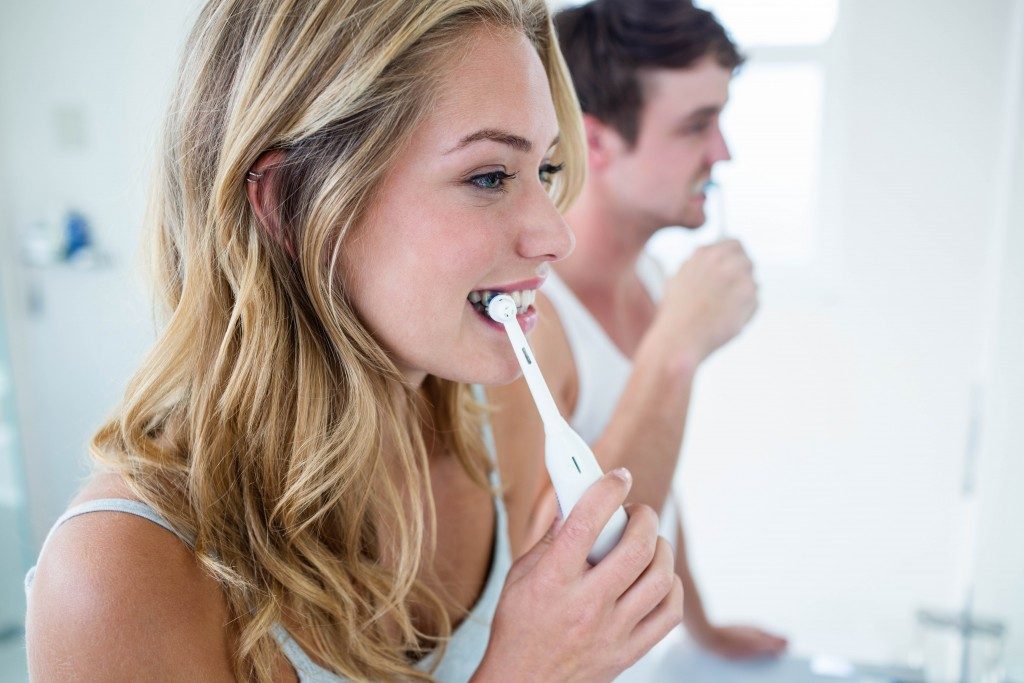Disclaimer: This website provides health information for educational purposes only and is not a substitute for professional medical advice, diagnosis, or treatment. Always seek the guidance of a qualified healthcare provider with any questions you may have.
Everyone understands the importance of brushing your teeth regularly, but when you have braces, sometimes it may feel like a much bigger chore. However, the fact that you have braces means skipping this task is not an option.
After all, you’re more prone to getting food stuck between your teeth, and if you don’t brush your teeth as regularly as you should, plaque buildup accelerates. Wearing braces means food particles have more spaces to accumulate in between your teeth and become trapped.
This will result not only in tooth decay but also issues with your gums. But the great thing is that once braces straighten your teeth, it becomes a much easier task to reach plaque on and between your teeth. So, while you still have them on, be ready to spend three times as long on your regular oral care routine.
It’s definitely worth your time, though. If you don’t exert enough effort to maintain your oral hygiene while your teeth are being realigned, you’ll have a higher risk of developing gum diseases that may need emergency dental care in Meridian.
With proper oral care, you’ll get the results you desire when it’s finally time to have your braces removed.
1. Pick the right toothbrush for you.
Dentists recommend choosing a brush that can be used to clean between and around brackets. In fact, there are two types of brushes you should consider using: a soft brush and proxabrush.
Brush each tooth with a soft brush first with an up-and-down motion; start from the bottom up then work your way to the top down with a bracket.
Then, follow this step with a proxabrush — a brush type specifically designed to clean between braces and brackets — rotated in several strokes in every direction to make sure all the spaces are thoroughly cleaned.
2. Start brushing without toothpaste.
This may sound a little trivial, but it’s actually an important step. When you start off without a toothpaste, you have a better view of the teeth and your braces while cleaning them.
Most toothpastes have foaming effects, and this can block your view while you brush, making it difficult to see how much you’ve cleaned. So, start brushing without toothpaste and when you feel like you’ve removed all the food particles, add a bit of toothpaste and go over your teeth once again.
By doing this, you’ll not only be able to thoroughly clean your teeth, gums, and braces, but you’ll also enjoy the dental health benefits that are in toothpastes.
3. Never skip flossing.
Floss thoroughly for 2–3 minutes, making sure that there won’t be a buildup of plaque and other food particles between your teeth. There are many types of floss available, so ask your dentist about the most suitable choice for you.
Finally, rinse your teeth with a mouthwash regularly to help clear out food and plaque that got stuck between your teeth and braces. Doing this will also help you reduce the risk of developing cheek and gum inflammation — a common condition associated to wearing braces. When choosing the right mouthwash, go for one that specifically targets gingivitis.
